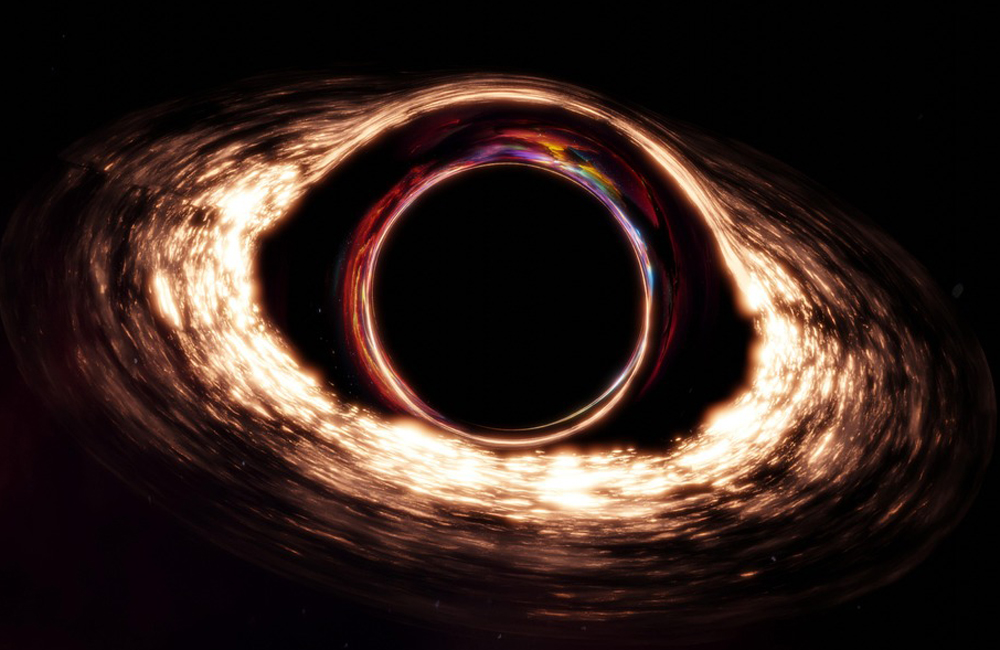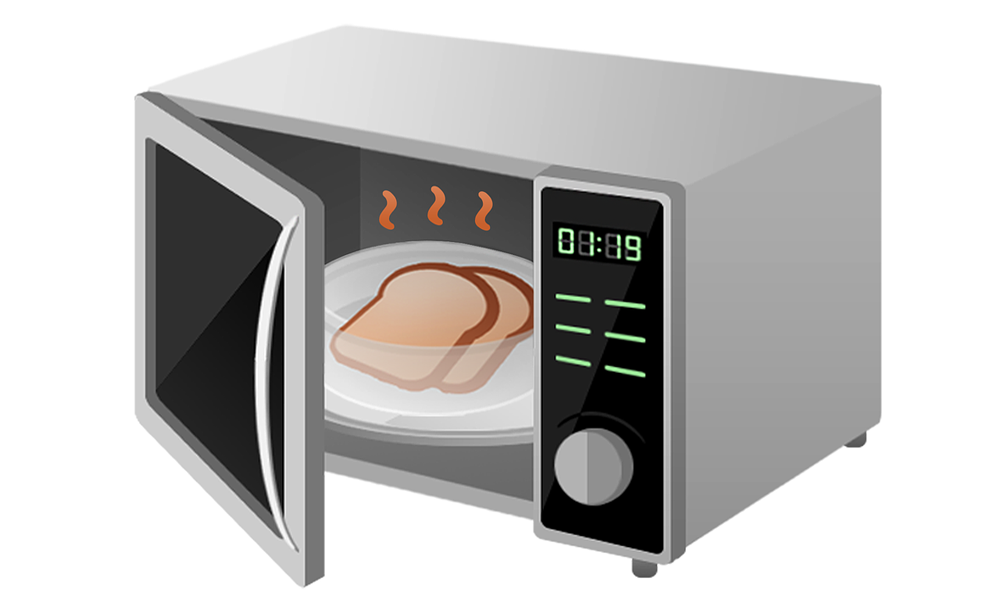Exploring Nanotechnology: Transforming the Future at the Atomic Level
Nanotechnology is the science of manipulating matter at the atomic and molecular scale. This revolutionary field enables scientists and engineers to control and design materials at an incredibly small scale—often measured in nanometers (one-billionth of a meter). Despite its microscopic nature, nanotechnology has vast applications across multiple industries, including medicine, food, energy, and manufacturing. […]
Exploring Nanotechnology: Transforming the Future at the Atomic Level Read More »












